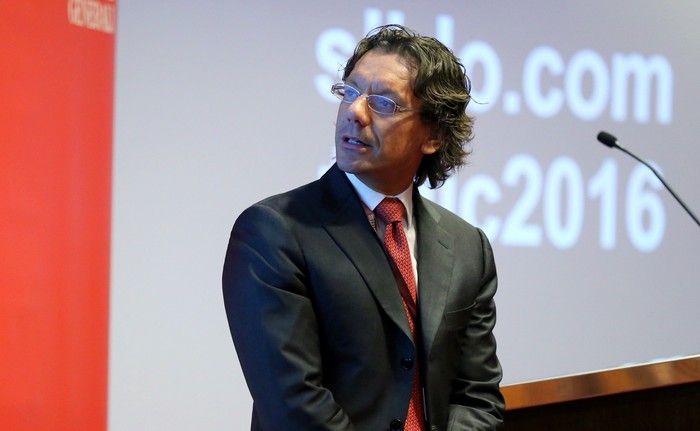
1. Describe what you do.
I’m an advisor, my field is insurance innovation and I’m proud to be at top of your InsurTech most influential powerlist. I’ve advised many International Insurers since I joined Bain 10 years ago and I created with Ania last year the Connected Insurance Observatory to spread the culture of insurance innovation.
2. Please give your definition of InsurTech.
All the players in the insurance sector will be InsurTech, meaning organizations where technology will prevail as the key enabler for the achievement of strategic goals. Considering incumbents - insurance carriers or distributors - it is unthinkable for them to not pose the question of how to evolve their own business architecture by thinking which modules within their value chain should be transformed or reinvented via technology and data usage.
3. Startups vs. Incumbent: disruption or collaboration?
I’m bullish about collaboration, the insurance sector will be characterized by ecosystems and the large part of the profit pool will go to the players able to integrate and manage complex and liquid ecosystems. I’m expecting to see boundaries between roles in the value chain to disappear and same players to collaborate or compete at the same time, depending on context. The collaboration approach between Incumbent and newcomers already demonstrated to work well in the most mature InsurTech use case: auto telematics. The Italian experience - the only market worldwide where auto insurance telematics is already mainstream with almost 5 million of active black boxes and a penetration higher than 16% - have been based in those years on the collaboration between Insurers and tech companies. This tech players were startups 10 years ago when they started to collaborate with Incumbents, allowing all the market – included the small and medium insurance carriers - to use the black box for data collection in order to select risks and improve the claim management.
4. Name main challenges for insurtech startups.
The insurance business, definitely! They have to crack a strange industry:
- heavy regulated,
- characterized on one side by compulsory or semi-compulsory product and other side by product sold, not bought,
- dramatically heterogeneous country by country,
- with unique economics structure,
- requiring a long term perspective
5. When you judge an InsurTech initiative, what are you looking for?
- Profitability: Impact on the level of profitability of the insurance portfolio, for example acting on the loss ratio level or on the cost level
- Proximity: Contribution for creating an improved relationship that is based on numerous touchpoints during the customer journey
- Persistence: Increase of the renewal rate, and thus of stabilization of the insurance portfolio.
- Productivity: Impact on the top-line, in terms of new client acquisition, cross-selling or additional fee collection for services
6. One advice for InsurTech entrepreneurs.
Go out and study the insurance market. From my point of view, an InsurTech entrepreneur must develop a deep understanding of what the customers want and what the fundamentals of the insurance business are.
7. How long until we’ll be able to see an actual material InsurTech change on the insurance market?
We have already seen some material changes. I was mentioning before the Italian experience on auto insurance telematics. I asked this question “when will telematics change the way you do business on auto insurance?” …66% of the Insurers joined the Connected Insurance Observatory - more than 30 Insurance Groups including Generali, Axa, Groupama, Reale Mutua, HDI, Helvetia, Poste Vita, RGA, Swiss Re, Munich Re, Europ Assistance, Allianz Global Assistance, IMA … - answered they have already seen this impact.
Matteo Carbone is a 50insurtech influencer and judge in the MEDICI 21 competition.


